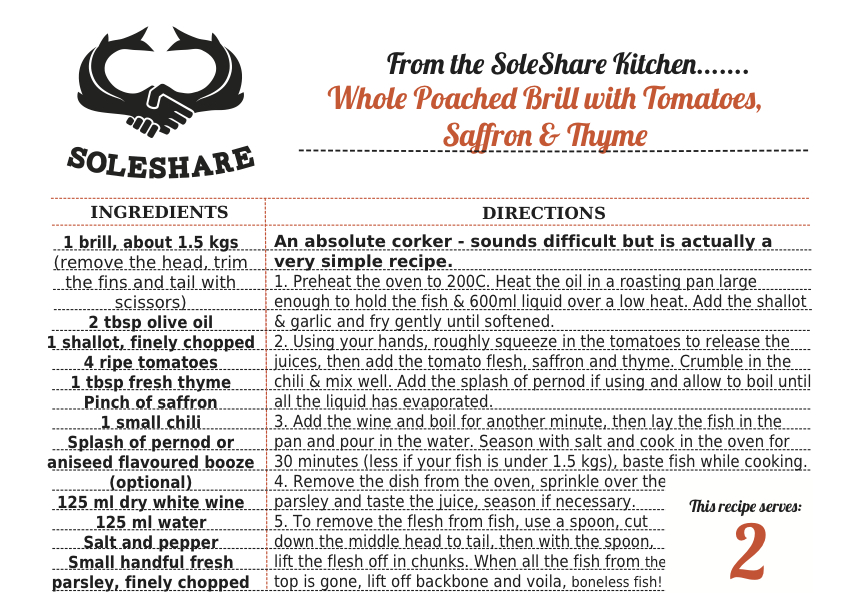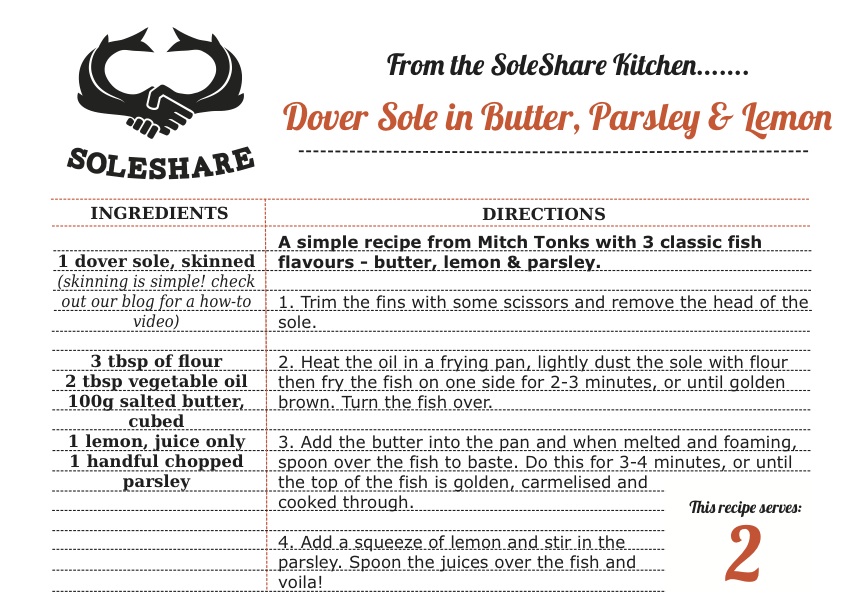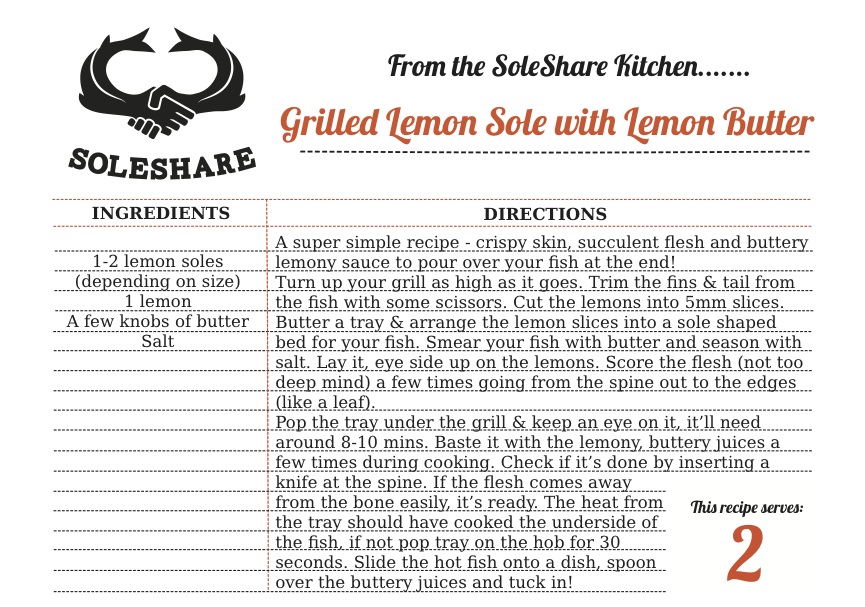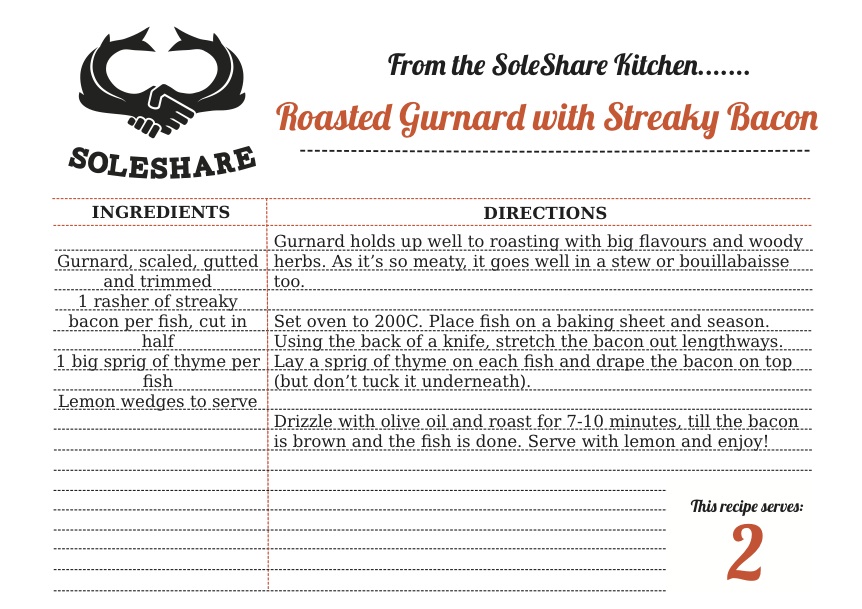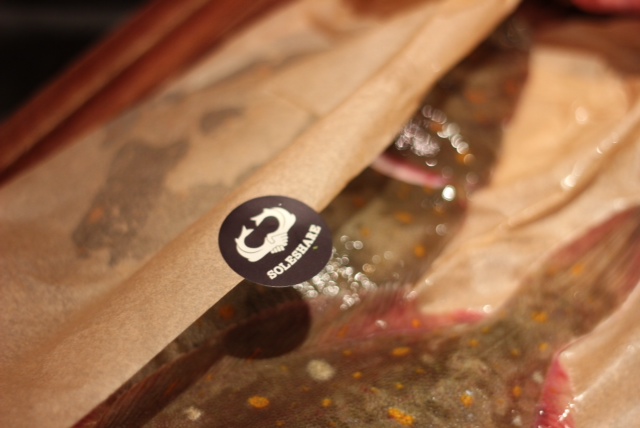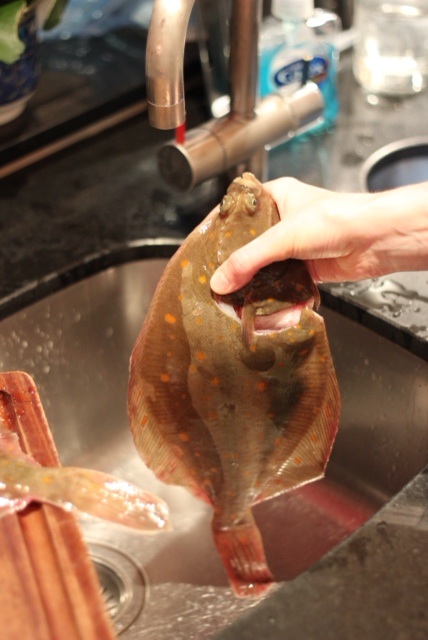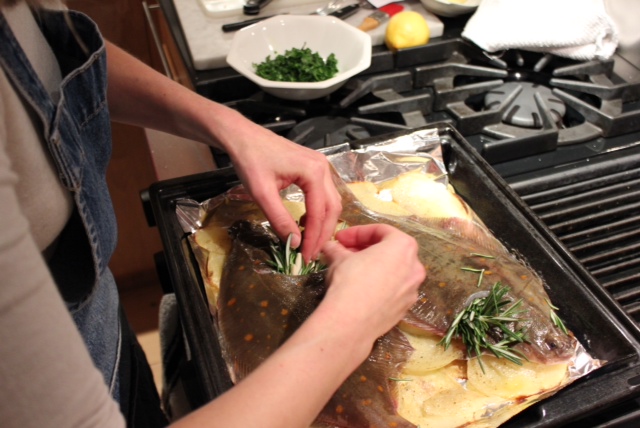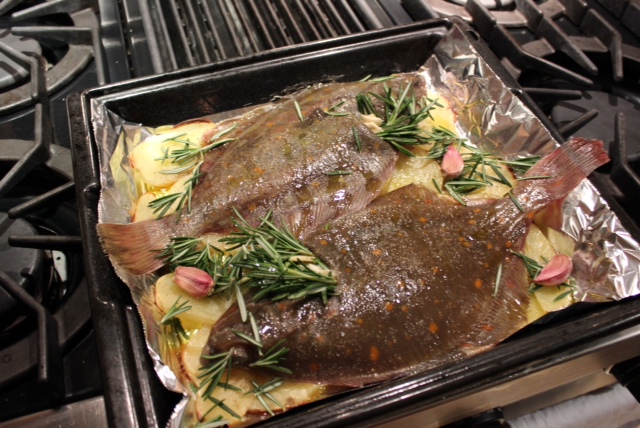
BLOG
Tough times for our inshore fleet
At SoleShare, we work with independent inshore fishermen. The inshore fleet’s been steadily declining for years and we started our Community Supported Fishery to give them a steady and stable market with fair prices for their fish.
A few weeks ago, the tail end of Hurricane Gonzalo reached our shores, bringing with it gale force winds. Our guys spent a good few days unable to fish. Weather’s always problematic for dayboats and it’s something that they factor into their daily life.
A week after hurricane Gonzalo, another storm hit the south coast and this time, no one saw it coming. The Marine Management Organisation (MMO), who are in charge of quota for the UK fleet, decided to close the inshore fisheries for skate and plaice in Sector VIId.
VIId covers the Eastern English Channel and is where the majority of our fishermen operate. And the inshore fleet had caught all their quota (the slice of the pie that's divvied out between all the boats in Europe). As a result of this closure, they’re not allowed to land any plaice or rays. Both of these are mixed species fisheries. One of our fishermen uses 6 inch tangle nets to target large plaice, soles and cod, but it’s really the soles he’s after.
Same goes for the skate fishery, the 10.5 inch trammel nets they use, not only catch skates and rays but turbot, halibut and brill- all three of which command a much better price on the dock.
The fishermen are faced with a problem, stop setting ground nets to make sure they don’t catch any plaice or rays, or simply discard the ones they catch and keep the more lucrative species.
Luckily, the static gear used by most inshore boats mean that the majority of the plaice and rays thrown back into the sea will survive, still, many won’t.
There’s an old adage in fishing- it’s hard to be green when you’re in the red. With crews to pay, loans on boats and mortgages to think of, the fishermen are put in awful position.
These guys haven’t done anything wrong, they fish using some of the most environmentally sustainable techniques possible, but it’s problems like this that make their way of life economically unsustainable.
Greenpeace have recently started a campaign to make sure our new fisheries minister, George Eustice makes sure quota allocation is done in a fairer way, with a larger slice of the pie given to smaller, more sustainable fishers. It’s one that we fully support. We need new measures to ensure the survival of the inshore fleet, we give a helping hand to a small number of fishermen, but we need policy changes to really secure their futures and the future of their industry.
This example should put things into context:
There are around 12,000 inshore fishermen in the UK. They share 4% of the total UK quota of fish.
The Cornelis Vrolijk (on the left) is a Dutch trawler that flies a British flag. It has 23% of the UK fish quota. It lands all its fish in Holland.
So one trawler, employing just 55 British crew has over FIVE TIMES as much quota as ALL the inshore fishermen in the UK.
Does that seem fair to you..?
It's issues like this that have enraged fishermen all over the south coast. Many want to see us withdraw from the EU and take control of our own fish stocks. However, it's much more important that we actually get involved with EU negotiations to ensure a fair deal for our small scale fishermen.
Please support the new Greenpeace campaign, we will be.
G is for Gurrrrnard...
Welcome back fish fans! This weeks blog is brought to you by the letter 'G'. Introducing one of our fave bottom dwellers.... the Gurnard!
We think Gurnards are downright funky. Not only do they growl (true story!), but they’ve got an incredible set of wing like fins that they use to maneuver the sea floor. They belong to a group of fish known as the Triglidae (sea robins) family. These guys grow quickly and reach sexual maturity relatively early in life.
Gurnards are a non-quota species, which means they are often discarded due to low market demand. By choosing to eat gurnard, we can help to alleviate the wasteful practice of discarding at sea. We hope to see more research and interest in this species in the coming years. One bizarre thing we do know is that they grunt & growl in the deep! They do it with the help of muscles associated with their swim bladder, and it’s believed they get their grunt on to keep schools tight during the spawning period. Grrrr!
With the help of Rick Stein, here’s how we chefed up our Gurnard this week:
The sea brought us another quirky beast this week too, the mighty huss. Huss is a generic term for a number of species of catshark of the genus mustelus. They’re caught as bycatch in demersal fisheries (i.e. when fishermen are targeting soles). Catches shoot up after storms, as they move in to feed on any bits and pieces washed around in the turbulent waters. We also noticed increased catches in areas with lots of whelk pots, but that’s certainly not backed up by firm evidence.
We used to shy away from eating elasmobranchs (cartilaginous fish like sharks and rays), as they’re called k selected species. This means they mature slowly and only give birth to a small number of offspring, however, numbers in the Eastern channel seem plentiful. Also, these species are caught by accident and I’d much rather they got eaten by people than turned into cat food.
They’re usually skinned on the boat by fishermen- which saves us a pretty hefty task! This means the hunk of fish you get still has a spine running through the middle. However, this is pretty easy to remove. Just pare it from the flesh with a sharp knife. Also, if you bake it whole, the backbone slides away from the flesh very easily and as it’s a cartilaginous fish, there aren’t any small bones to choke on.
They’ve got a firm, meaty texture and stand up really well in a Goan fish curry.
Or if you fancy something a bit more Mediterranean, try this.
Baked huss with a pesto and parmesan crust.
500g Huss, skinned
Pesto
A handful of fresh breadcrumbs
Fresh tomatoes (large ones quartered, small ones halved)
A handful of finely grated parmesan (the powdered stuff in a plastic pot WILL NOT DO- throw it in the bin)
A small bunch of fresh parsley, finely chopped (optional)
Olive oil
Rinse your huss (bone in) under a running tap and pat dry with kitchen towel.
Place it in a roasting dish and arrange the tomatoes around the fish.
Season well with salt and pepper.
Spread a layer of pesto on your huss.
Scatter the breadcrumbs (and parsley, if using) on top
Season and drizzle with olive oil.
Scatter over the parmesan.
Place in a hot oven (200ºC) for 20 minutes. Check the fish by inserting a knife at the thickest part of the fish, when it pulls away from the spine easily, serve it up.
A simply dressed salad of bitter leaves would work well here, maybe some new potatoes too.
Here's another beauty that Ken and Joe brought us last week. The brilliant Brill!
And a couple more recipes of the week featuring Ken and Joe's catch of the day:
Have a delicious week! Sea you back here next time.
SoleShare Suppers!
And we're off! Our spring season kicked off this week with a windy trip down to Kent to collect our fish from Ken and Joe, the father and son team fishing from their day boat the 'Annalousion'.
With our catch of the day in tow, we gathered together some of our favourite fishy recipes to share with our members this week. Here are some of our faves showcasing Wednesday and Thursdays catch of the day:
Here's what Theresa did with her gleaming lemon sole
One of our members, Georgia was so excited to get on board this spring that she's going to be sharing her experience of cooking her SoleShare catch every fortnight through the season right here. We'll be including some of her insight and cooking tips over the coming weeks. Here's what she had to say about chefing up her catch of the day in 'Platessa con patate'.
Georigia's top tip: I might have had knives sharpened, ingredients laid out, a clean apron on and cameraman at the ready, but I stumbled at the key first step: Read the entire recipe (and in this particular case, keep some potatoes back for the top layer)! Luckily this is such a great recipe and I had two of the freshest, spottiest looking plaice to cook with, so it was delicious anyway.
Georgia's discovery of the week: The Marine Conservation Society launched their updated ‘FishOnline’ guide to sustainable seafood (http://www.fishonline.org).




